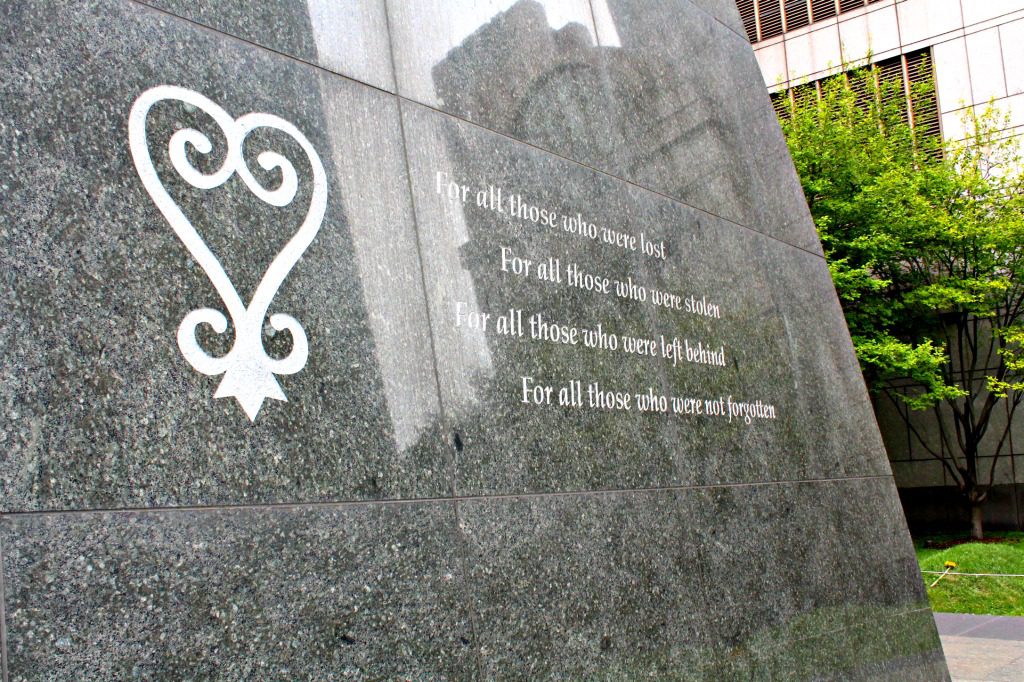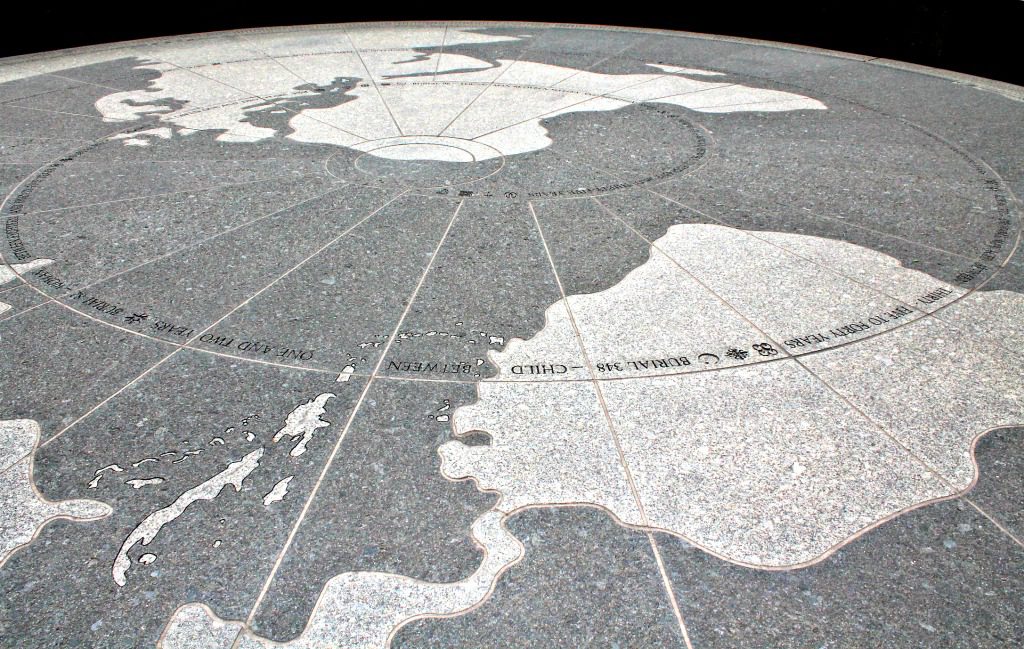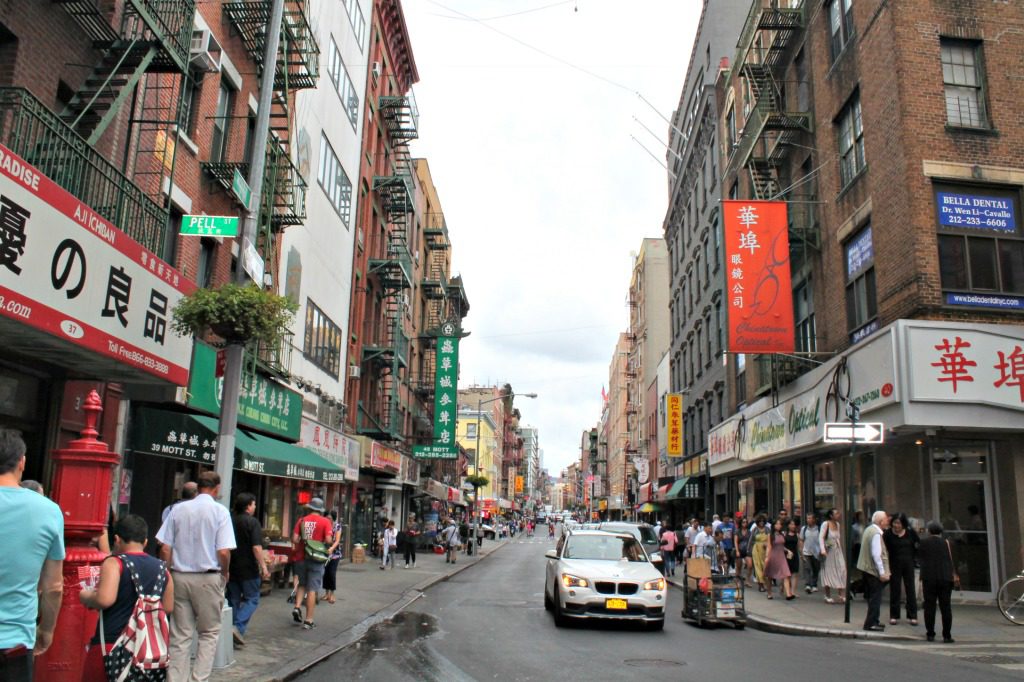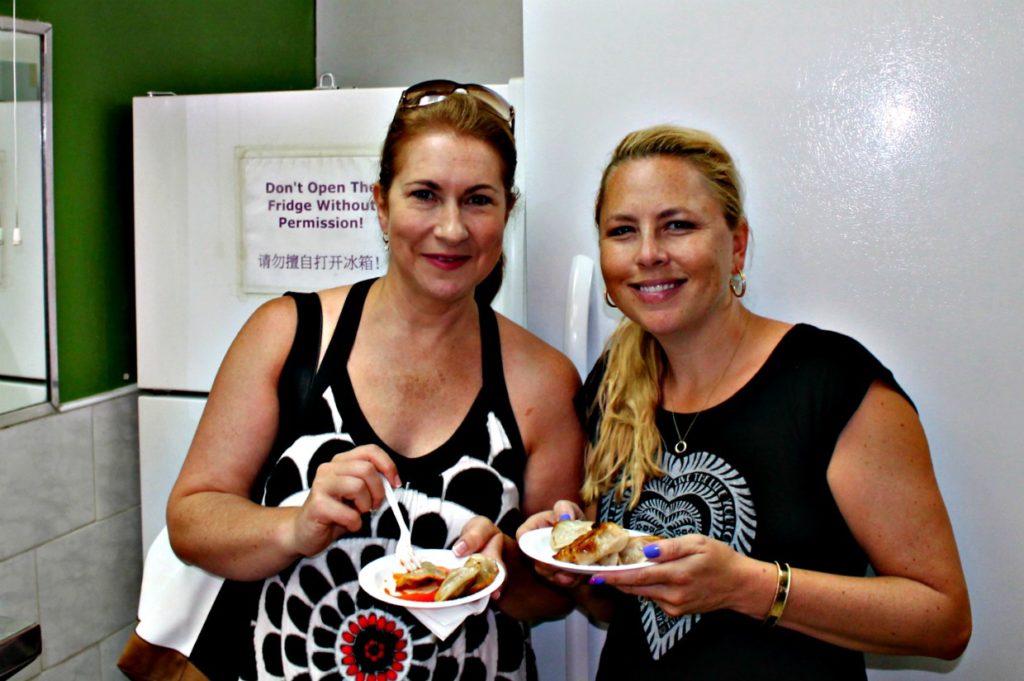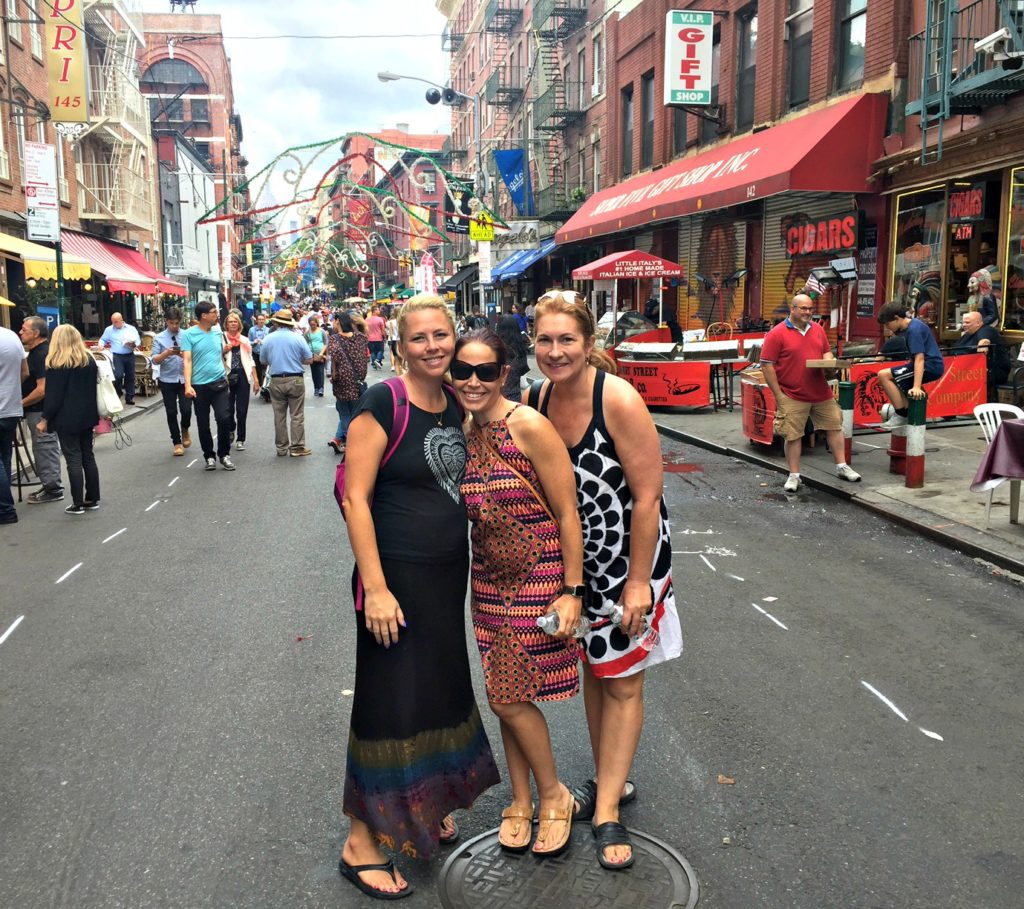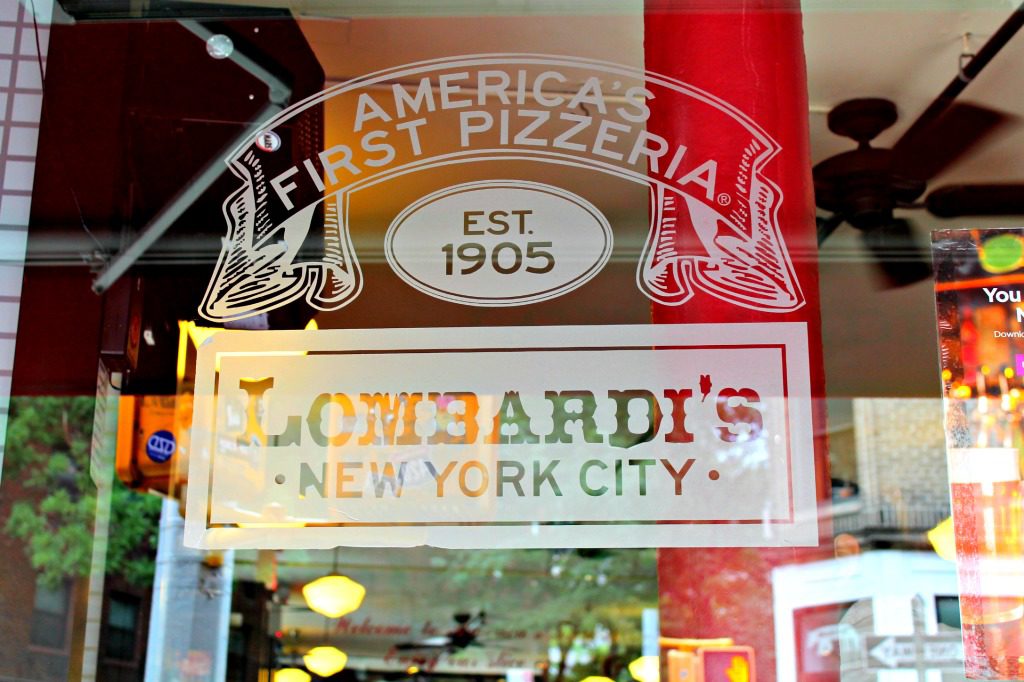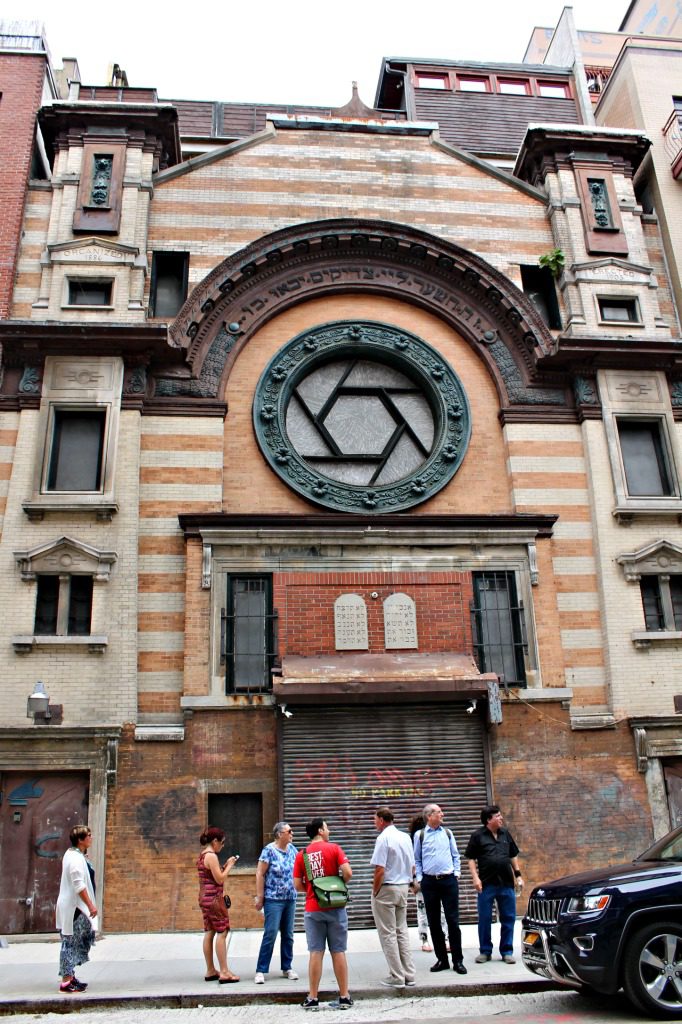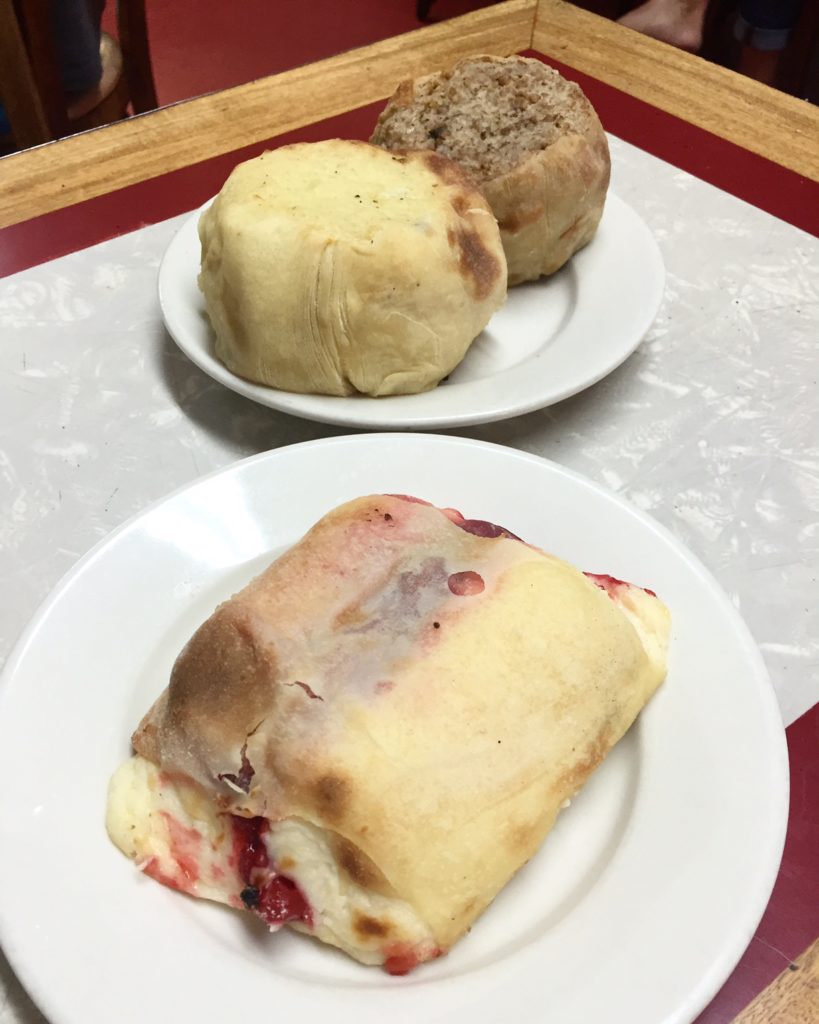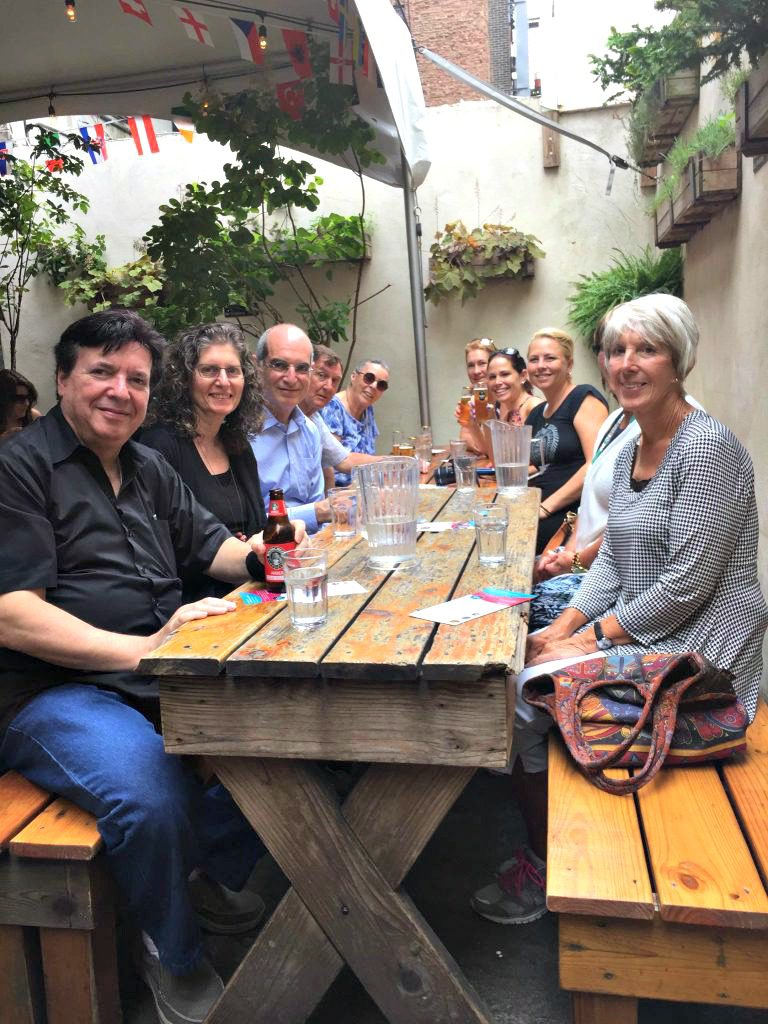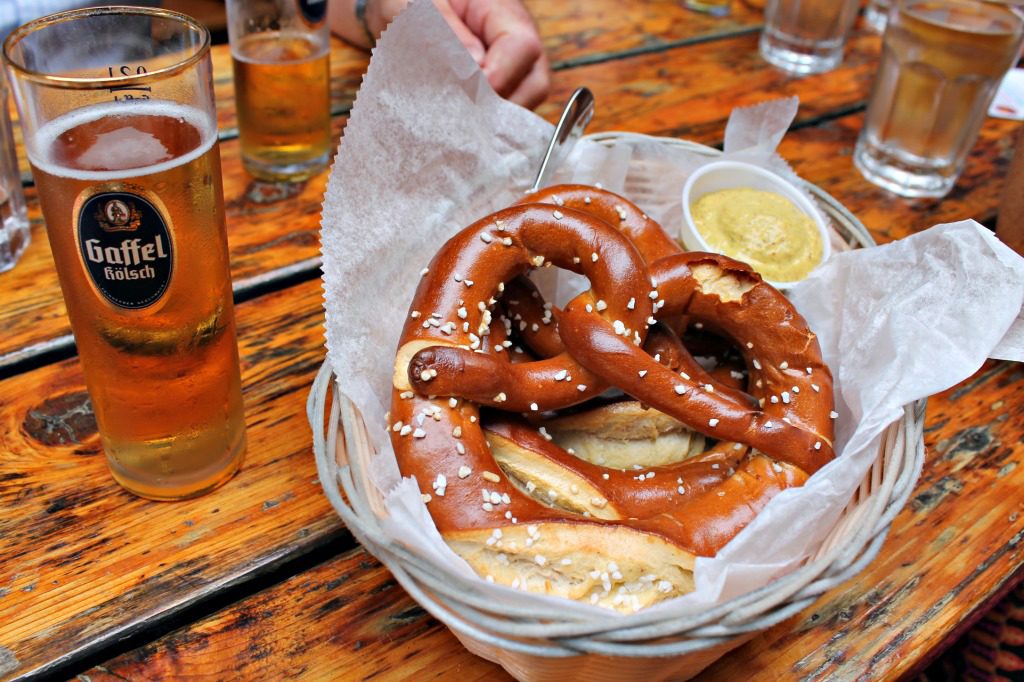- Manhattan is an Indian word, which means “Island of Many Hills.” Not only did the groups of immigrants that moved to “The City” shape its cultural history, but they also flattened the island physically by design and landfill. Especially in the southern part of the island where they initially settled.
- Henry Hudson settled new York as a Dutch colony called New Amsterdam. It was used as an outpost to sell beaver pelts. That is why there are still beavers on the seal of NYC.
- Most of the original Italian immigrants would come to “the land of bread and work” for seven-year stints, only returning home for one month a year.
- Chinatown is the only immigrant neighborhood in the lower east side where the majority of its residents are first-generation or descendants.
- When federal construction was occurring in 1991, 15,000 graves were found under 30 feet of landfill from the slaves brought to New World and buried in unmarked graves. There is now a tribute to these precious souls at the African Burial Ground.
- The big heroes of 19th century NYC were the sanitation workers who saved the immigrants from death by disease by disposing of the 35 million pounds of horse excrement that was deposited on the streets of the lower east side each year, not to mention the cow and pig carcasses. A ticker-tape parade was thrown for them in celebration.
- In the public school system of Queens, there are around 300 different languages spoken. That is how diverse NYC has become!
I love knowing the history of the places I visit because it allows me to look at where I am visiting differently and connects me to it. I also love eating and discovering new foods. A big fan of visiting New York City, I have been having fun exploring outside of the typical tourist haunts in the upper east side of Manhattan, which are the only places I had visited until this year. A complimentary tour was offered to me by CityDiscovery Travel. As soon as I saw the Tenement that Tales and Tastes tours offered, I was sure that was the tour I wanted. It took a little convincing two of my girlfriends, as they weren’t sure about a history tour, but they were hooked by twenty minutes into the tour. Above are just a few of the cool things we learned.
Here are just a few of the cool things we saw and ate:
African Burial Ground
Chinatown
Little Italy
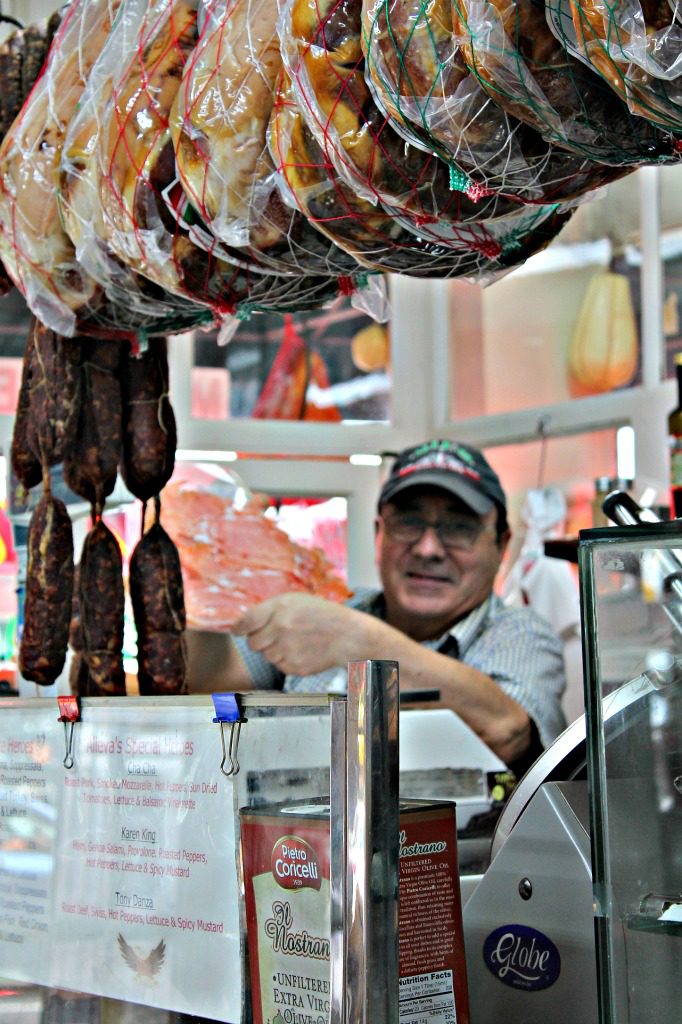
The Bowery
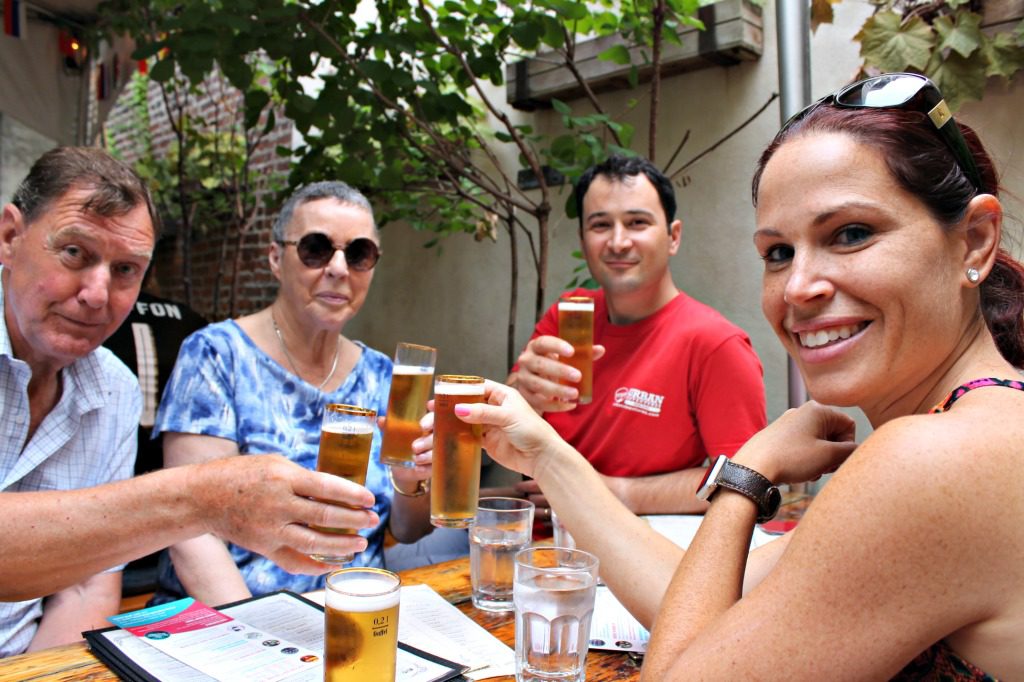
Most of the immigrants were brought in to serve as cheap labor, and our tour concentrated on the primary groups of Dutch, African-Americans, Chinese, Irish, Italian, German, and Jewish. While walking through the areas in which these groups lived, we grazed on corresponding foods that David, our engaging guide, had brought or bought along the way. The tour opened both our eyes and hearts to the cost the immigrants paid for the land we now live in. New York City is a microcosm of our country at large, and this tour spoke to that in a way that was entertaining and enriched our knowledge and understanding.
Although this food tour is no longer being offered, you can find many others to choose from here. I have also been on the Secret Food Tours which was also a great day.

My family is originally from Sicily and came in through Ellis Island. Where is your family originally from? I would love to hear in the comments.
For more helpful advice about NYC, read local Dish Our Town’s New York City Local Travel Guide.


